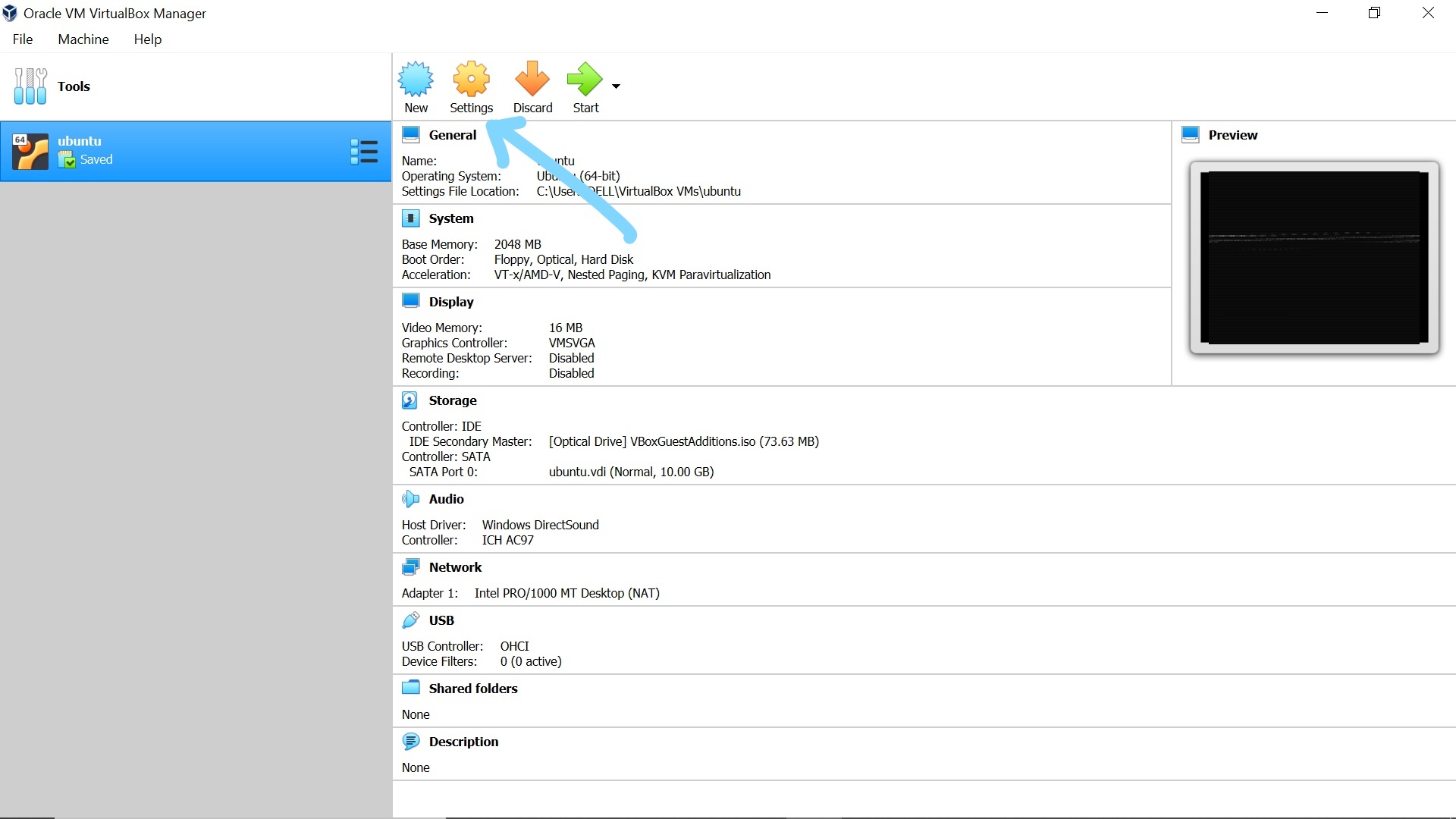

It is also important for traffic optimization on a signal in terms of prediction of traffic, intersection delay and travel time etc.

Vehicle queue length is an important parameter to determine traffic density in traffic lanes so that possible congestion in any lane can be minimized. Vehicle queue length on the signalized intersection is defined as the distance from the stop line to the tail of the last vehicle stopped in any traffic lane while the signal is red during one signal cycle. This shows the efficiency and robustness of the proposed approach. After fine-tuning of model and narrowing the output classes to vehicle class only, an average accuracy of 83% and 93% was achieved, respectively. Using the pre-trained 80-classes YOLOv4 model, an overall accuracy of 73% and 88% was achieved for vehicle count and vehicle count-based queue length estimation, respectively. Based on this analysis, YOLOv4 was selected as a baseline model for queue length estimation. A detailed comparative analysis of vehicle detection models including YOLOv3, YOLOv4, YOLOv5, SSD, ResNet101, and InceptionV3 was performed. This mostly eliminates the need for fusion with any roadside or in-vehicle sensors. Due to robust and accurate CNN-based detection and tracking, the queue length estimated by using only the cameras has been very effective. Identification of stopped vehicles is done using Deep SORT based object tracking. This caters for the vehicles at the far end of the traffic lane that appear smaller in the camera view. Average vehicle length is approximated to be 5 m. The proposed approach calculates queue length without the knowledge of any onsite camera calibration information. The queue length is estimated based on count of total vehicles waiting on a signal. In this research, a CNN-based approach for estimation of vehicle queue length in an urban traffic scenario using low-resolution traffic videos is proposed. Similarly, vision-based sensors can be used independently or if required can also augment the functionality of other roadside sensors to effectively process queue length at prescribed traffic lanes. Large scale deployment of surveillance cameras have shown a great potential in the collection of vehicular data in a flexible way and are also cost effective. are promising for such tasks though they have a very high installation and maintenance cost. Smart roadside sensors such as loop detectors, radars and pneumatic road tubes etc. Queue lengths are important for determining traffic density in traffic lanes so that possible congestion in any lane can be minimized. In the Intelligent Transportation System (ITS) realm, queue length estimation is one of an essential yet a challenging task.


 0 kommentar(er)
0 kommentar(er)
